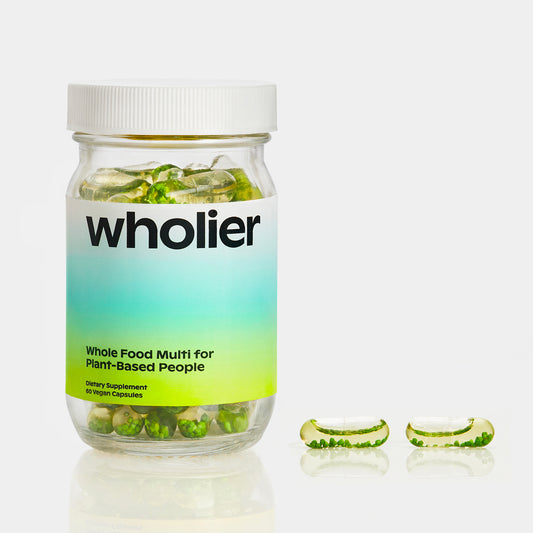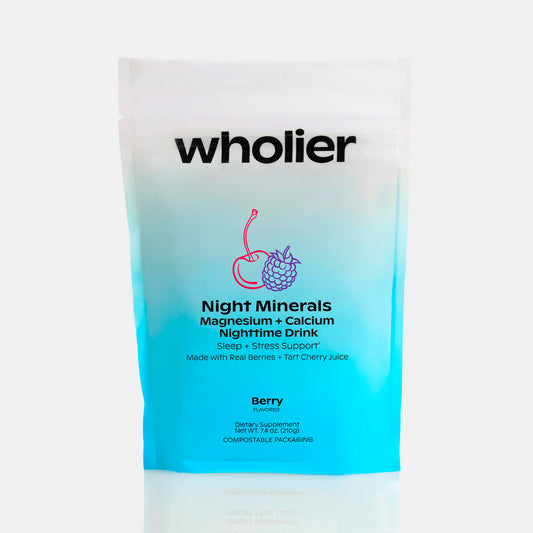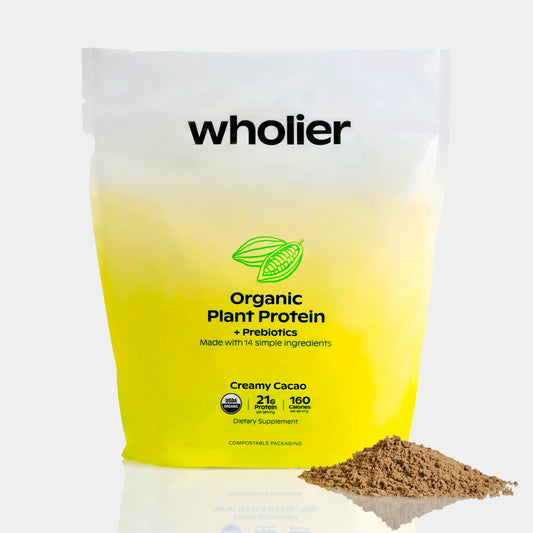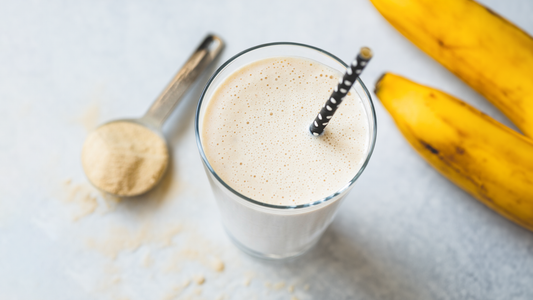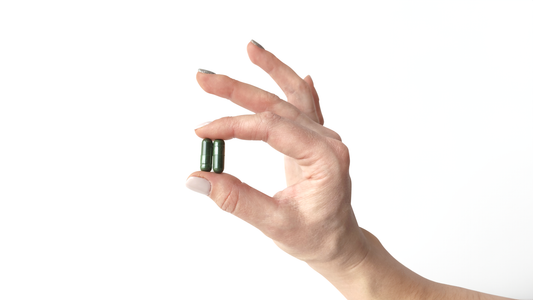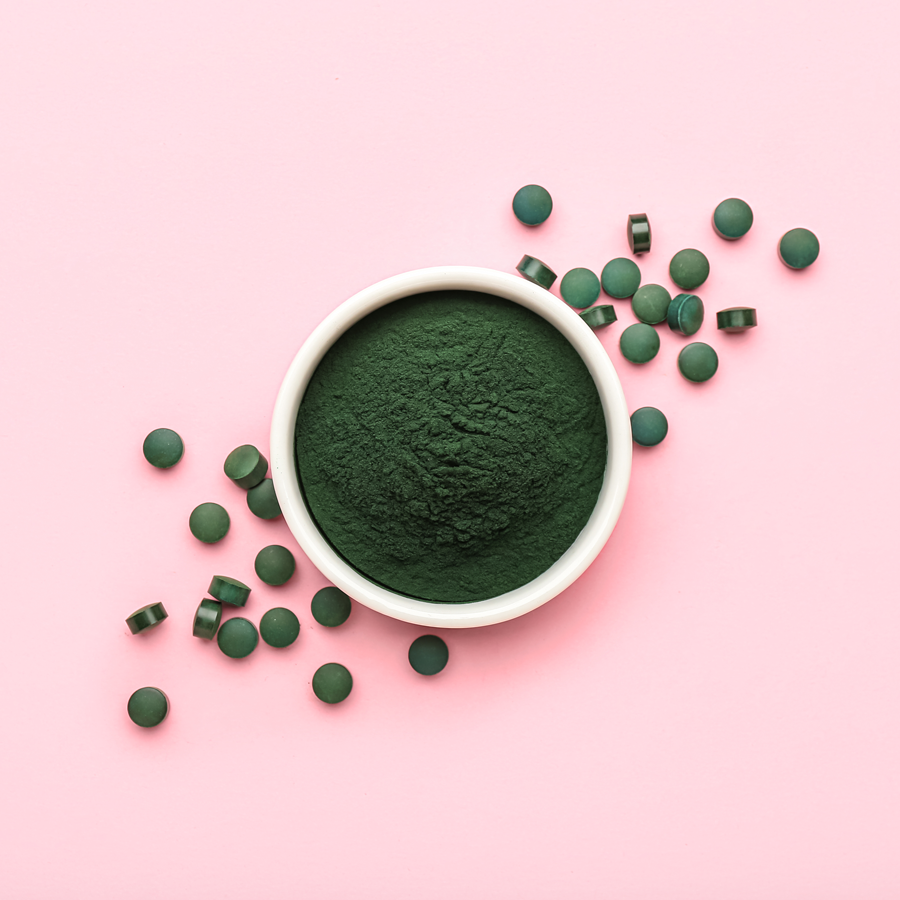
Highest Vegetable Protein: Uncovering the Top Source
Have you ever wondered which vegetable boasts the highest amount of protein?
Protein is an essential nutrient that plays a vital role in building and repairing tissues, producing enzymes and hormones, and maintaining a healthy immune system. While animal-based sources of protein such as meat, eggs, and dairy are well-known, many people don't realize that plant-based sources of protein can also provide all the essential amino acids needed for optimal health. In this article, we'll explore the highest vegetable protein sources and why they're important for your overall health.
What is Protein and Why is it Important?
Protein is a macronutrient that is essential for life. It's composed of amino acids that are the building blocks for our body's cells, tissues, and organs. Protein plays many important roles in the body, including:
- Building and repairing tissues: Protein is necessary for the growth and repair of muscles, bones, skin, hair, and nails.
- Producing enzymes and hormones: Proteins help produce enzymes that break down food and hormones that regulate many bodily functions.
- Maintaining a healthy immune system: Proteins are necessary for the production of antibodies and other immune system components that fight off infections and diseases.
How Was the Highest Vegetable Protein Determined?
To determine the highest vegetable protein sources, we looked at the protein content of various plant-based foods. The protein content was measured per 100 grams of the food. We also considered the bioavailability of protein in the food, which is how easily the body can digest and absorb the protein.
What is the Highest Vegetable Protein and Why is it the Highest?
The highest vegetable protein is found in spirulina, a type of blue-green algae that is often consumed in supplement form. Spirulina contains 57 grams of protein per 100 grams of the food, which is higher than any other plant-based protein source (1). It's also highly digestible, with a bioavailability of up to 95% (2).
Spirulina is also rich in other nutrients such as vitamins, minerals, and antioxidants. It's a good source of iron, which is important for the production of red blood cells, and it's also high in beta-carotene, a type of antioxidant that can help protect against cellular damage (3).
How Can You Incorporate Spirulina into Your Diet?
Spirulina is available in powder or tablet form and can be added to smoothies, juices, or even baked goods. It has a slightly earthy taste, so it's important to start with a small amount and gradually increase the dosage. The recommended daily intake of spirulina is between 1 and 3 grams per day (4).
Other High-Protein Vegetable Sources
While spirulina is the highest vegetable protein source, there are many other plant-based foods that are also high in protein. Some examples include:
- Lentils: Lentils are a good source of protein, fiber, and other nutrients. They contain 9 grams of protein per half-cup serving (5).
- Chickpeas: Chickpeas are a versatile legume that can be used in a variety of dishes. They contain 7 grams of protein per half-cup serving (6).
- Hemp seeds: Hemp seeds are a complete protein source, meaning they contain all the essential amino acids needed for optimal health. They contain 9 grams of protein per 3 tablespoons (7).
- Quinoa: Quinoa is a nutritious grain that is a good source of protein, fiber, and other nutrients. It contains 4 grams of protein per half-cup serving (8).
- Chia seeds: Chia seeds are high in fiber, omega-3 fatty acids, and protein. They contain 4 grams of protein per 2 tablespoons (9).
- Green peas: Green peas are a good source of protein, fiber, and other nutrients. They contain 4 grams of protein per half-cup serving (10).
- Pumpkin seeds: Pumpkin seeds are high in protein, fiber, and other nutrients. They contain 9 grams of protein per half-cup serving (11).
- Almonds: Almonds are a good source of protein, healthy fats, and other nutrients. They contain 6 grams of protein per quarter-cup serving (12).
- Spinach: Spinach is a nutrient-dense leafy green vegetable that is high in protein, iron, and other nutrients. It contains 2 grams of protein per half-cup serving (13).
Incorporating these high-protein vegetable sources into your diet is easy and can provide many health benefits. Try adding lentils to soups or stews, snacking on pumpkin seeds, or adding chia seeds to your morning smoothie.
While animal-based sources of protein are well-known, plant-based sources of protein can provide all the essential amino acids needed for optimal health. spirulina is the highest vegetable protein source, but there are many other high-protein vegetable sources that are easy to incorporate into your diet. By consuming a variety of plant-based protein sources, you can ensure that you're getting all the essential amino acids your body needs for optimal health.
Sources:
(1) United States Department of Agriculture, FoodData Central, “Seaweed, spirulina, dried,” accessed May 7, 2023, https://fdc.nal.usda.gov/fdc-app.html#/food-details/174164/nutrients.
(2) L. Jensen et al., “Consumption of Alga Spirulina maxima Augments Human Immune Functioning,” Journal of Medicinal Food 4, no. 4 (2001): 281-291, https://doi.org/10.1089/10966200152744463.
(3) F. Shen et al., “Antioxidant Activity in vitro of the Selenium-Containing Phycocyanin from Selenium-Enriched Spirulina platensis,” Food Chemistry 85, no. 1 (2004): 111-116, https://doi.org/10.1016/S0308-8146(03)00262-1.
(4) M. R. Hamedifard et al., “Spirulina and Immune System: A Systematic Review,” Journal of Evidence-Based Complementary & Alternative Medicine 26 (2021): 2515690, https://doi.org/10.1177/2515690X211015990.
(5) United States Department of Agriculture, FoodData Central, “Lentils, raw,” accessed May 7, 2023, https://fdc.nal.usda.gov/fdc-app.html#/food-details/172932/nutrients.
(6) United States Department of Agriculture, FoodData Central, “Chickpeas (garbanzo beans, bengal gram), mature seeds, raw,” accessed May 7, 2023, https://fdc.nal.usda.gov/fdc-app.html#/food-details/170380/nutrients.
(7) United States Department of Agriculture, FoodData Central, “Seeds, hemp seed, hulled,” accessed May 7, 2023, https://fdc.nal.usda.gov/fdc-app.html#/food-details/171022/nutrients.
(8) United States Department of Agriculture, FoodData Central, “Quinoa, uncooked,” accessed May 7, 2023, https://fdc.nal.usda.gov/fdc-app.html#/food-details/168982/nutrients.
(9) United States Department of Agriculture, FoodData Central, “Seeds, chia seeds, dried,” accessed May 7, 2023, https://fdc.nal.usda.gov/fdc-app.html#/food-details/172392/nutrients.
(10) United States Department of Agriculture, FoodData Central, “Peas, green, raw,” accessed May 7, 2023, https://fdc.nal.usda.gov/fdc-app.html#/food-details/173722/nutrients.
(11) United States Department of Agriculture, FoodData Central, “Seeds, pumpkin and squash seeds, whole, roasted, with salt added,” accessed May 7, 2023, https://fdc.nal.usda.gov/fdc-app.html#/food-details/172010/nutrients.
(12) United States Department of Agriculture, FoodData Central, “Nuts, almonds,” accessed May 7, 2023, https://fdc.nal.usda.gov/fdc-app.html#/food-details/171218/nutrients.
(13) United States Department of Agriculture, FoodData Central, “Spinach, raw,” accessed May 7, 2023, https://fdc.nal.usda.gov/fdc-app.html#/food-details/170451/nutrients.

